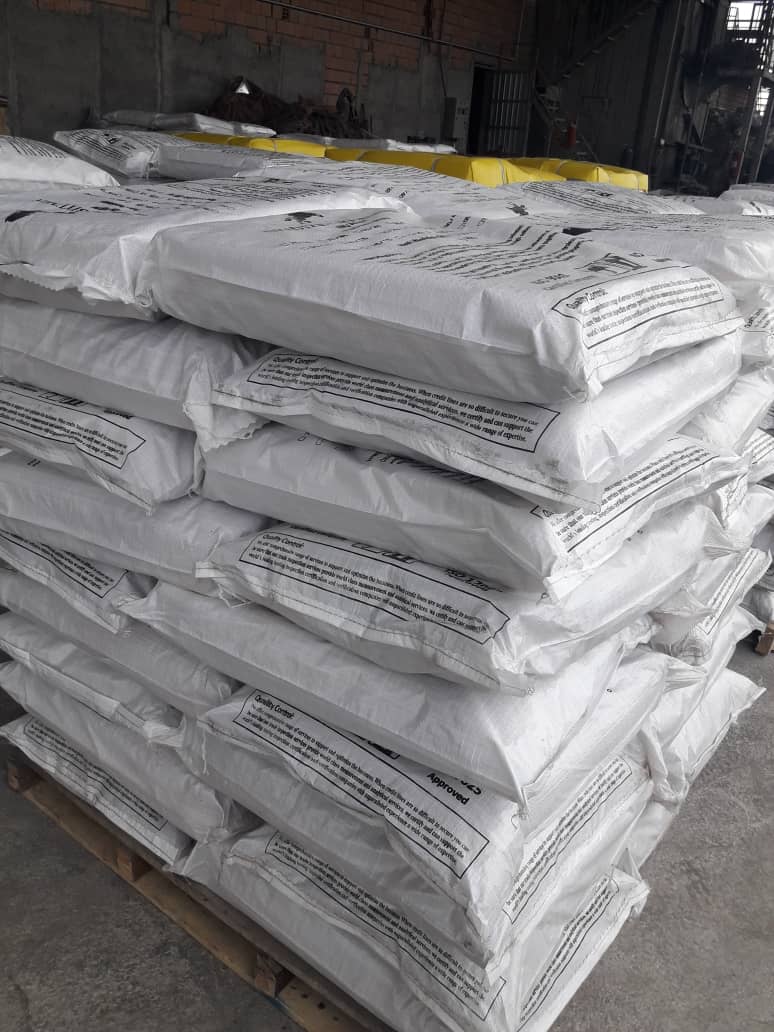Oxidized Asphalt

Oxidized Asphalt: An Alternative Technology
Asphalt, or bitumen as it is sometimes called, is widely used throughout the construction industry. In an effort to make an already useful product more useful, over 100 years ago chemists developed a stronger and more stable version called blown asphalt or oxidized bitumen with the addition of air.
How is it made? What are the differences between blown and regular asphalt and what makes it more desirable? Let’s find out.
Making Oxidized Asphalt
Oxidized Asphalt begins its life much like any other asphalt. It is taken from the bottom of a vacuum distillation unit in a refinery, however, blown asphalt is then taken through an additional oxidation processing step.
The temperature of the vacuum tower bottoms is maintained in the blowstill between 450°F and 500°F while air is blown into it. While this process is often called oxidation (resulting in oxidized Asphalt) there are more reactions going on during the air blowing process. Some of these reactions include dehydrogenation, condensation, polymerization and many others.
Once the desired characteristics for that batch are met, the process ends and the asphalt is then sent to storage for shipment by truck or rail. It may also be used on site for the production of roofing products. Typical endpoint parameters include a softening point 215°F and a penetration of 20 for roofing grade asphalts. Common grades of paving grade asphalts are 95/25, 85/25, 90/40 and 115/15. Some paving grade asphalts are modified by adding polyphosphoric acid to blowstill prior to starting the air flow.
Properties of Blown Asphalt
There are several advantages to Oxidized asphalt. One is that it is much more chemically stable than regular asphalt. This stability also translates into added durability.
One of the more interesting features that blown asphalt has is a higher softening point. This means that it can remain in place longer than alternatives. It retains the additional durability during the elevated temperatures, as well.
Blown asphalt is completely water resistant, making it well suited to a variety of sealant and joint filling compounds. It is also more flexible than regular asphalt, which is why it is often used to make roofing products such shingles.
Uses of Oxidized Asphalt
Blown Bitumen has a wider range of uses due to its water resistance, added durability, and chemical stability. Approximately 90% of the asphalt produced in the US goes into paving and 10% goes into roofing products such as shingles and rolled roofing products.
There are many other special applications that include:
- Pipe coating enamels
- Concrete Joints
- Waterproof lining for reservoirs and canals
- Sound dampening felts
- Anti-slip coatings

